Here is a guest post from one of our partners Cliff Duhon from Breakthrough Nutrition. Spring has certainly sprung for most of us. Your first race is most likely around the corner, which also means your training is about to start ramping up, either in intensity or duration. As most of you know, anytime you increase one or the other, it adds a new stress to your body, which is a good thing. This is called progression. In order for you to get stronger or progress, you must constantly add new stimulus to your bodies in order to break them down so they may rebuild faster and stronger than before. Most coaches and athletes know that you usually do not want to increase intensity and duration in the same week (with that being said, there are a few exceptions when I believe it is ok). But how many of you are as careful with increasing your training load during stressful periods in our life? Stress is defined as a constraining force or influence: as a physical, chemical, or emotional factor that causes bodily or mental tension. It is very important that we understand that definition as it relates training. One of the first things we ask our athletes during their initial consultation is how stressful their life is. We also encourage them to let us know when and if they become stressed during their time with us. The reason is because our bodies do NOT know the difference between physical stresses like a tough 3 x 20 interval session and the mental stresses of bills, relationships, etc. If you are going through a particular stressful time in your life, make sure that you do not increase your training too much. With that being said, the best thing to relieve stress is physical exercise. It helps your body release endorphins, serotonin and dopamine. These hormones give you that euphoric feeling often referred to as runner's high, and they help you get a more restful sleep at night. So the next time your boss piles on the stress at work, grab your sneakers for some relief, just be careful to keep your exertion within a healthy parameter so you don't wreck your season. Happy Training and Racing, Cliff Read more from Cliff on their
blog.






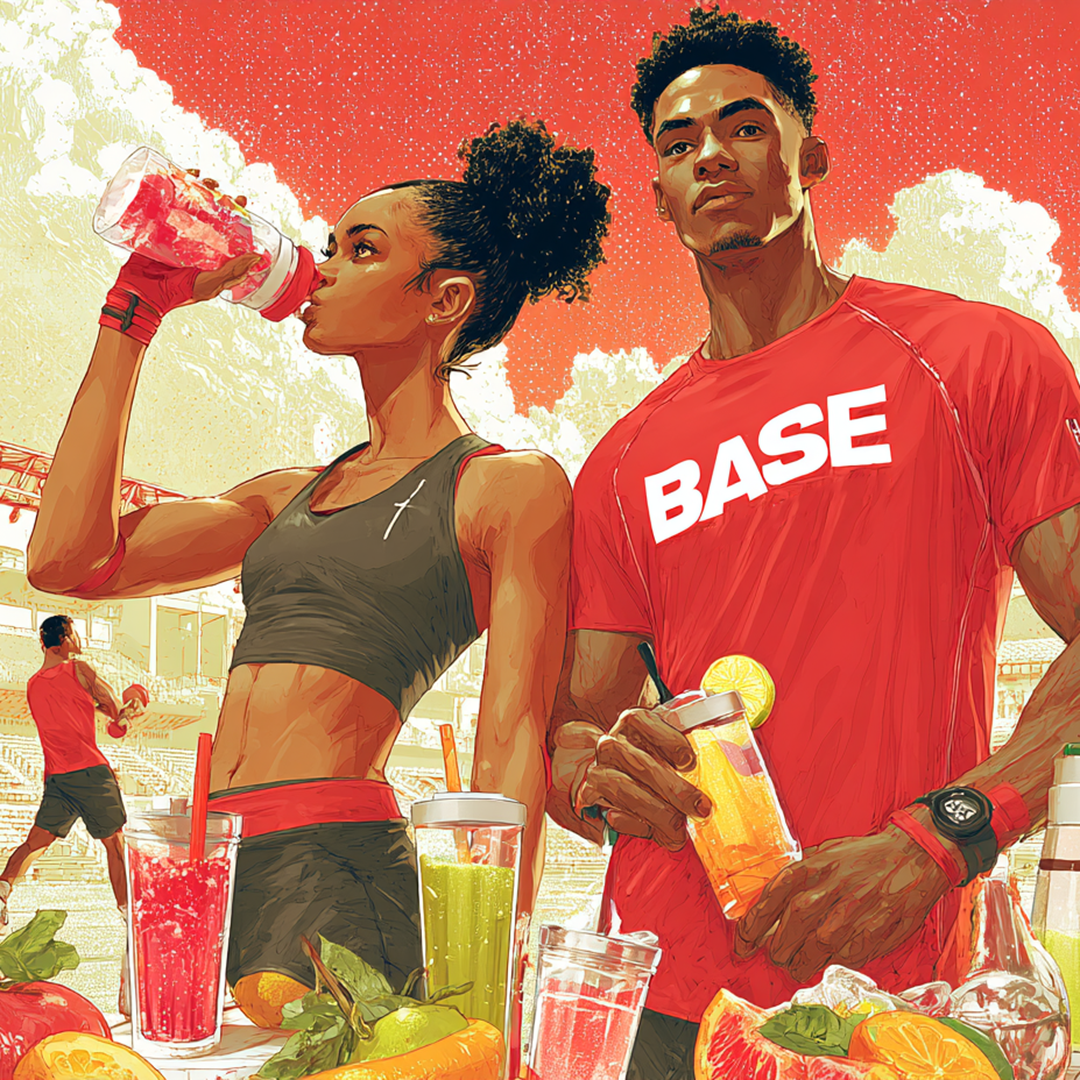
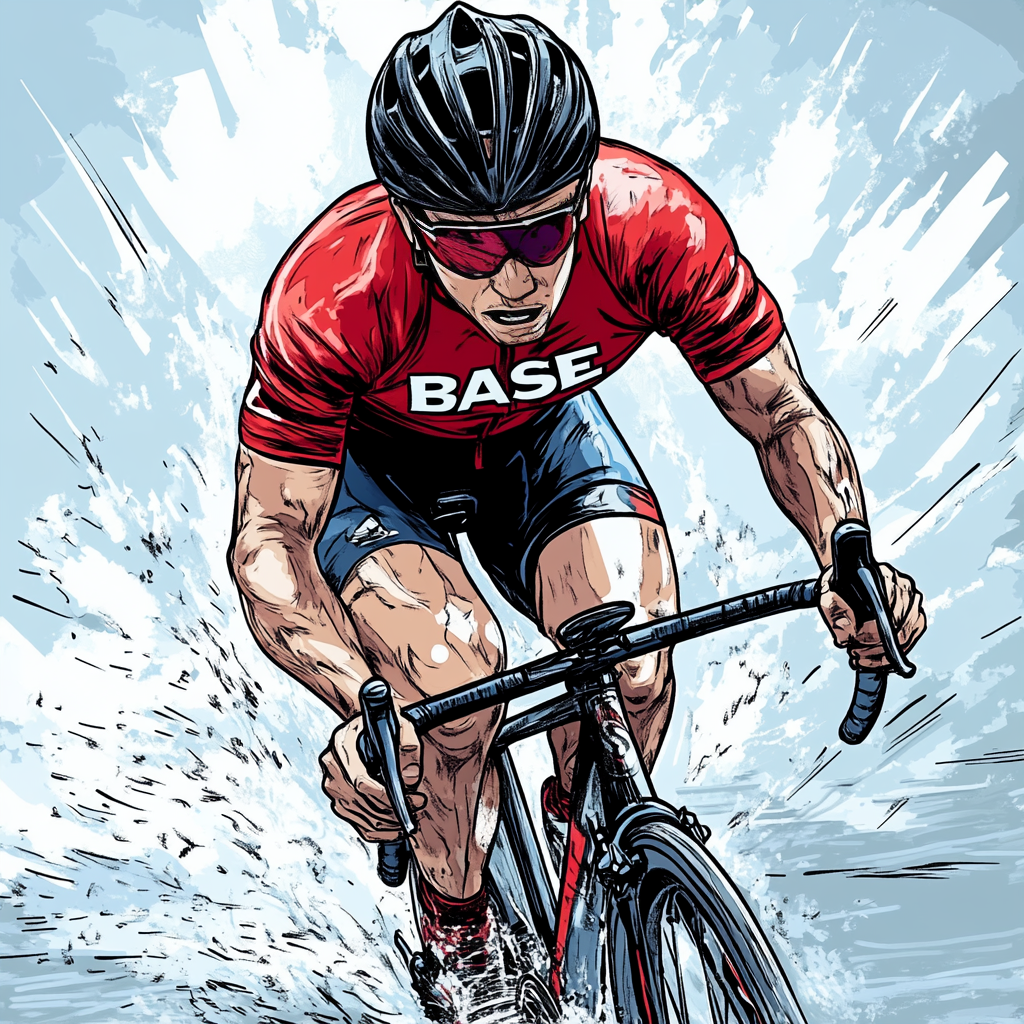

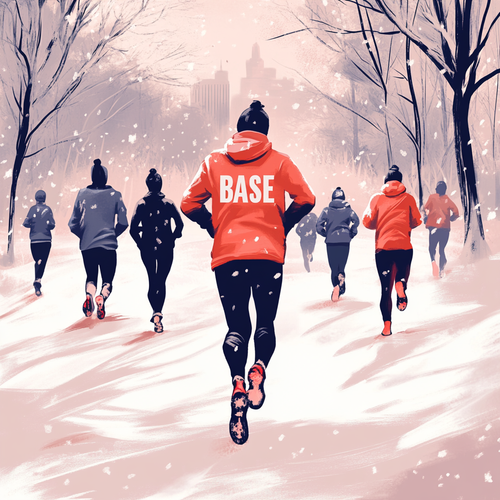


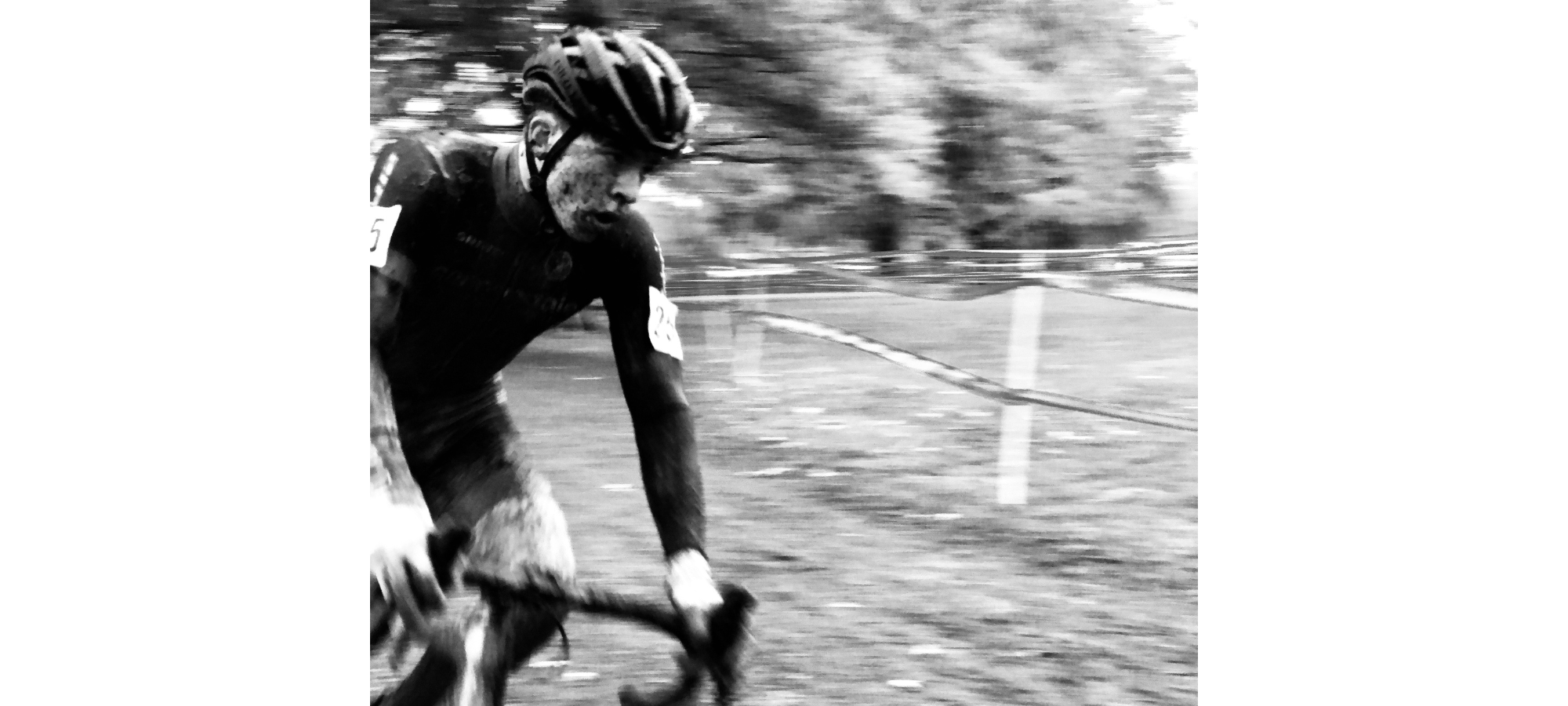
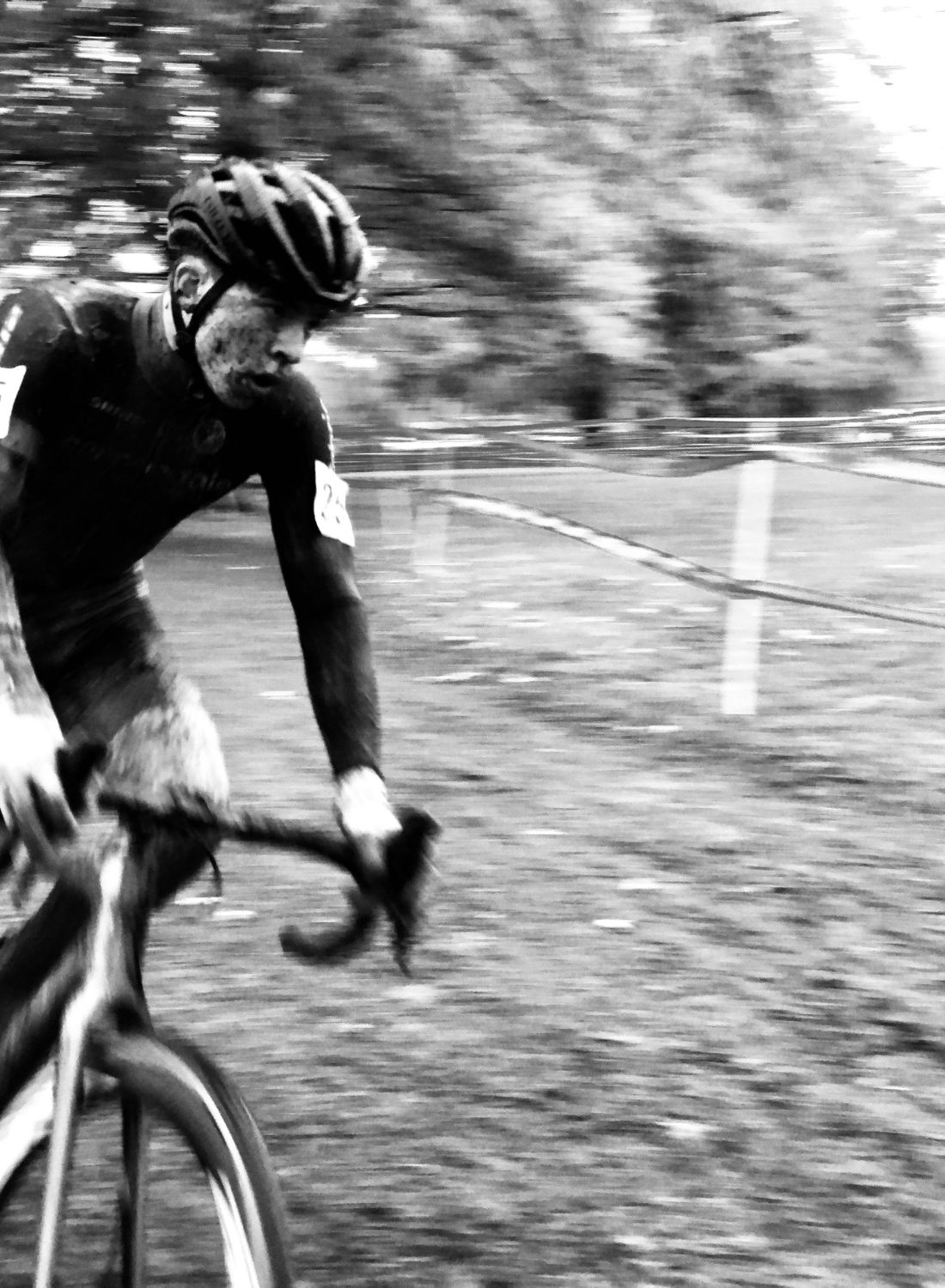











Leave a comment